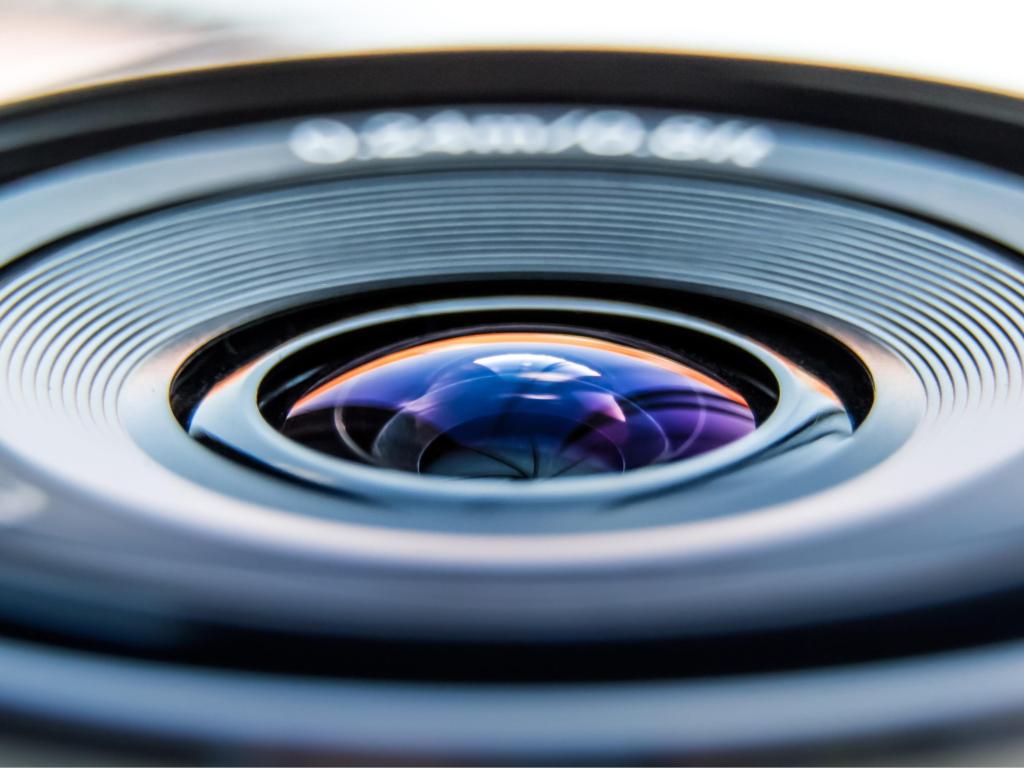Image CC pexels.com
Artists’ images have been posted online since the web was invented in the early 1990s. Three decades later and we seem to still be struggling with getting it right.
Over that period, professionalisation within the arts sector has increased dramatically. Bachelor degrees are offered in arts management and professional practice; organisations such as Viscopy / Copyright Agency manage use rights of images and text in return for fair payment for artists, and NAVA (National Association for Visual Artist) has published best practice standards for the sector.
At the very least, if an image of an artist’s work is used they should be asked, and credited. And yet, even premier organisations overlook crediting images when they should be setting the standard.
A case that demonstrates what is at stake is the new website of the national advocacy body Museums Galleries Australia (MGA), which was recently launched after an extended period of consultation, development, testing and sign-offs.
However, when one lands on the organisation’s new home page the hero image of the award-winning project by renowned Aboriginal curator Djon Mundine, Bangaree’s Farm, is not credited.
Mundine told ArtsHub he was unaware the image had been used. MGA confirmed that they had gone through the gallery that presented the project.
‘It’s is good to have it used there up front, but I certainly would’ve liked to have had the work recognised for what it was,’ said Mundine.
The image, Travelling Bungaree (2015) – as performed by Blak Douglas, Karla Dickens, Amala Groom, Warwick Keen, Peter McKenzie, Djon Mundine, Caroline Oakley, Bjorn Stewart, Leanne Tobin and Jason Wing – explored the legacy of Bungaree, the first Aboriginal man to be granted land by the NSW Government, and was presented in association with Mosman Art Gallery, Sydney.
Ironically, MGA awarded Bungaree’s Farm the top award at the 2015 Museums and Galleries National Awards (MAGNA).

Screenshot: MGA website
A marketing spokesperson from MGA described the issue as a thorn in her side. ‘It is actually a technical problem, rather than one of dubious ethics, that has been with our website developers for some time. While the metadata for (nearly) every image on the site is actually available from the back end, for some techno-babbly reason it is not showing in realtime on the front end. I don’t understand why it is taking so long to rectify.’
The spokesperson’s tone of frustration will be familiar to many arts organisations, but IT glitches aren’t an excuse for a product to go live with known faults.
‘I wholeheartedly agree that the problems of uncited images, image theft and copyright violation is rampant across the internet, especially in the fast-paced world of social media, but I hope that once this glitch is fixed our website will not be contributing to it. Please be assured that we are not unaware of this problem, that we recognise it as a high-priority issue,’ she stated on behalf of MGA.
Further into the website and a call for Expressions of Interest for a national Indigenous Roadmap Project has used a poor-quality screen grab of a dot painting that is uncredited. It would appear to be an ironic error given the post is advertising a project to promote First Nations culture.

Screenshot: MGA website
Coincidentally, this omission has occurred around the same time that new legislation has been presented to Parliament to make it illegal to sell ‘Aboriginal Style’ imports that disregard authorship and originality.
Read: New legislation on fake Indigenous art
MGA added: ‘We take the issue of permission and credits on the website as seriously as we do in our magazine. Unfortunately, we could not let this issue hold up our go live date for the website any longer (already delayed by 3 months).’
Museums Galleries Australia is not alone. Whether a technology failure or human error, the system of checks is not rigid enough, despite an increasing awareness about how Aboriginal artists are acknowledged and credited by cultural organisations.
The lax attitude to details is arguably a condition of the grab-and-post habit fueled by social media – Instagram, Pinterest, and Facebook – where there is little culture of crediting the author of an artwork, or the photographer.
For this reason alone industry organisations need to be over-zealous in their attention to detail to set those standards, and make image crediting second nature with image use.





